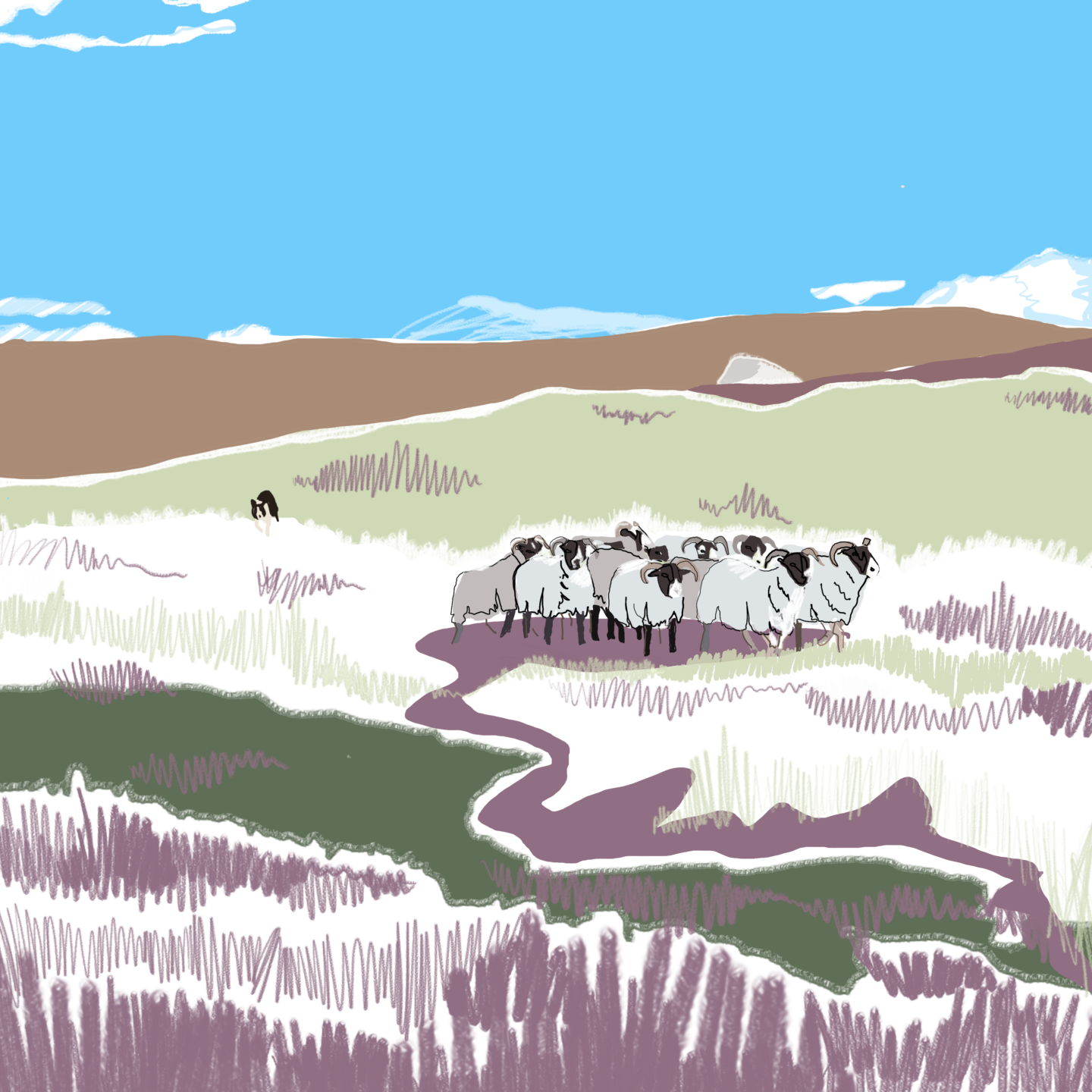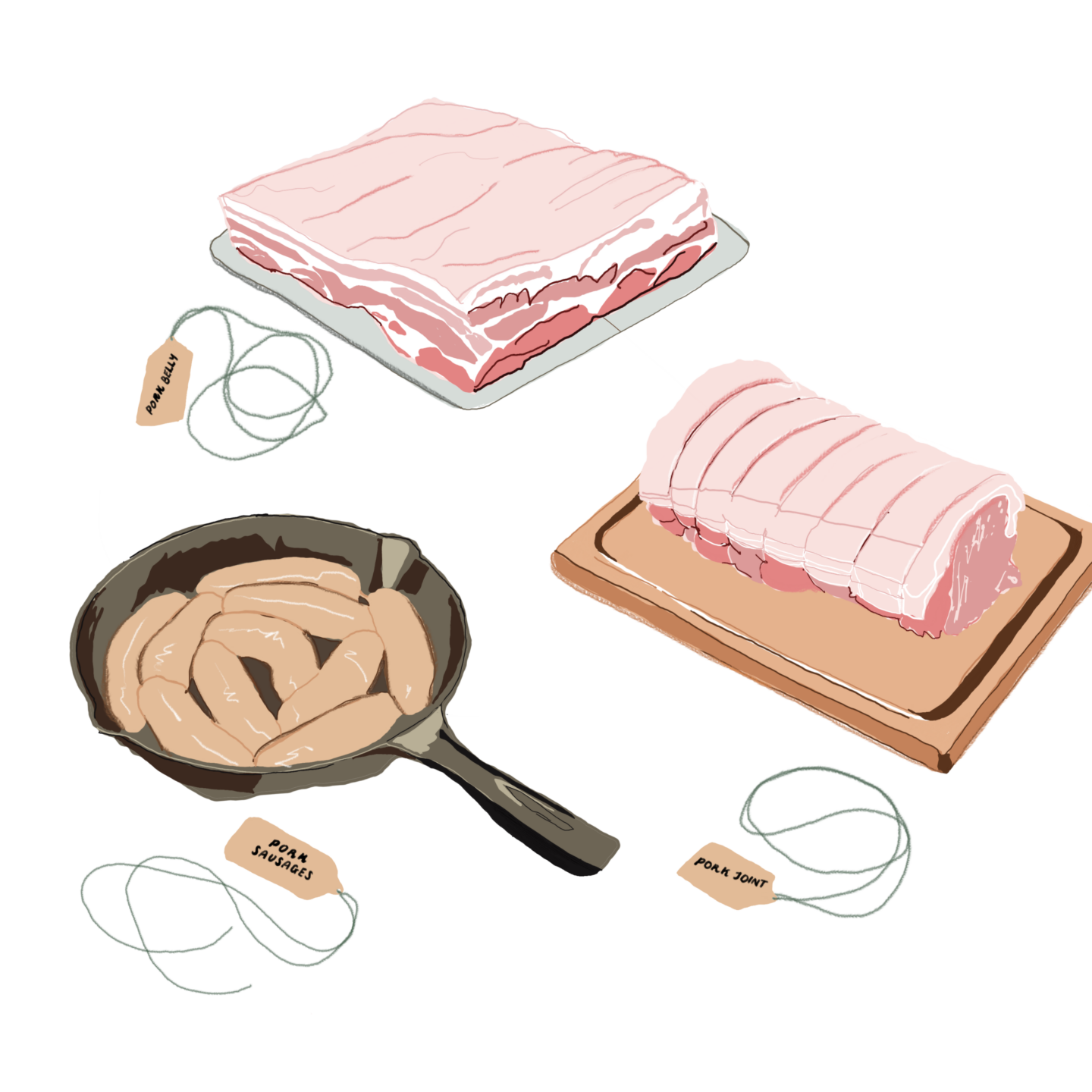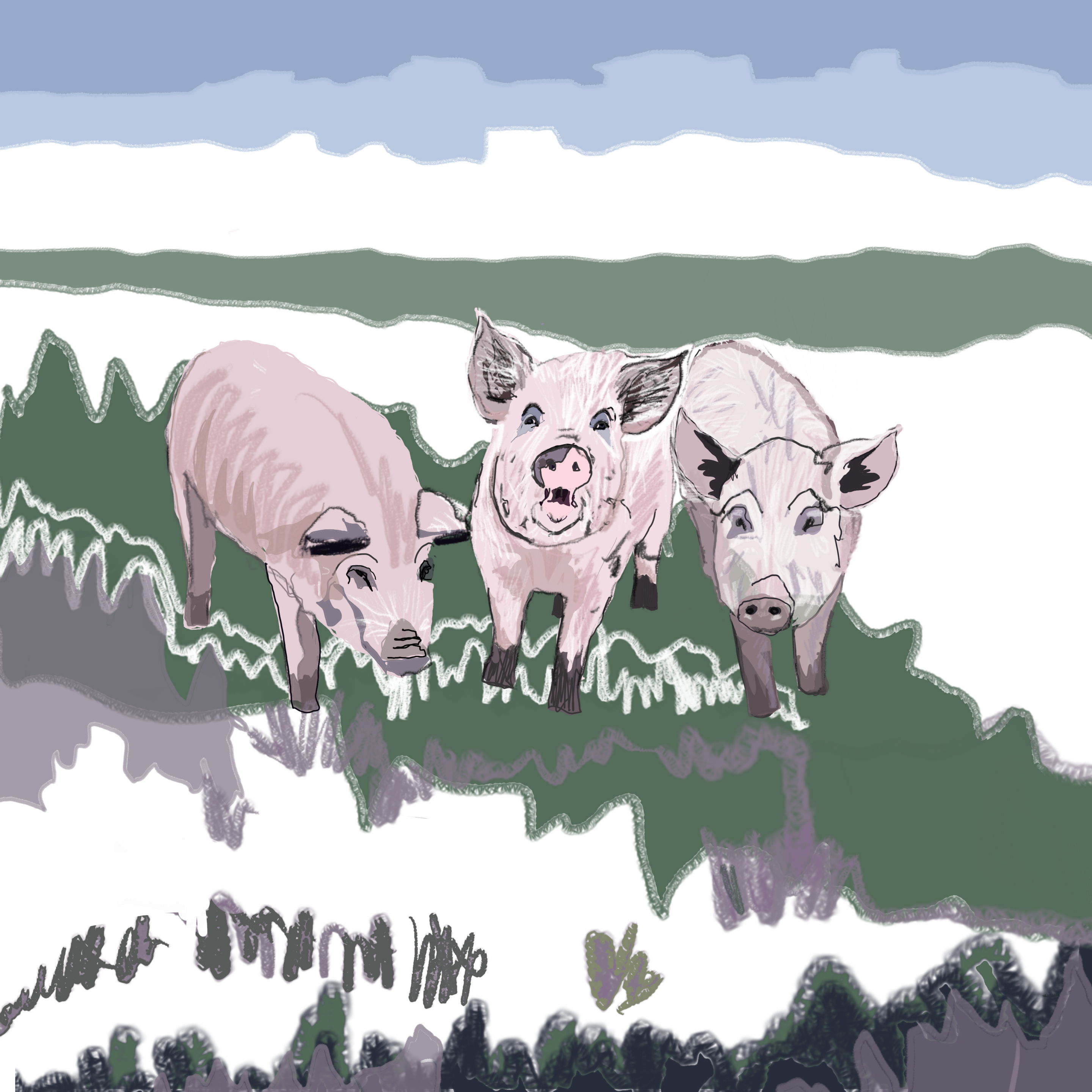Hamish Macdonald
Next up with Uist Beò is North Uist’s Hamish Macdonald. Hamish took over the family croft in 2016 and hasn’t looked back. In fact, he’s looking ahead and plans to expand his stock and sell on some meat from the croft.
Like many an Uibhisteach, Hamish has always worked on the croft; after school, on weekends and during his holidays. After leaving school, it was always back home from university and into the wellies and waterproofs for working holidays while he studying in Glasgow.

“I got a job at the Royal Bank of Scotland when I was in Glasgow but I was still using the majority of the holidays coming back here for shearing and the other big jobs.”
Hamish says that as a young buck he would sometimes flinch at the 6am call from his father to head out to the sheep after a night out catching up with his pals at home.
Then, as he got older, a new Canadian girlfriend came on the scene and she would join him on these trips back home.
“…when I was first taking her here, every time we were here, it was never a holiday, it was always a working holiday…I think we were a good couple years into the relationship before she actually saw anything past Knockintorran.
But I suppose that’s the way it is in the islands. I can’t imagine that someone in the middle of London or Glasgow or wherever, when they’re taking home a new girlfriend or a new boyfriend, that they’re stuck there painting or dipping or doing jobs.”
After a few more trips home together – avoiding the darker winter months and showing off Uist in all its glory in the Spring for lambing – Hamish popped the question and convinced his wife to move back to North Uist. Crofting now for them is more than just a holiday activity and he’s had a bit more time to show her the rest of the island. Now with a child of his own, is Hamish getting her involved in the work of the croft. His father is also on hand to help, lend an ear or pass on his crofting knowledge to Hamish and the young family.
“My daughter likes to go to the hen house with me, pick the eggs, throw out some feed. They’re easy enough and it gives us enough eggs to get by.”

Hamish grew up on the meat that was reared, killed and butchered at home on the croft.
“Last year we were thinking, well, we’re doing all this for ourselves. The meat is really nice, it’s really flavoursome. So, we just thought, why aren’t we selling it?”
Of course, the move to selling meat commercially meant the use of the abattoir and gaining a clear understanding of the rules and regulations involved in adding to the food chain, but Hamish and Amanda were driven to not only succeed, but to think carefully about their ethos as producers.
“You want things to be a bit more sustainable.
You know, when you look at likes of food and miles, we have an advantage here. If you go and buy lamb or beef or pork or anything from the shops you don’t really know where the meat’s coming from. As soon as it touches the frying pan, you just see all the water come out of it, especially with pork.
Whereas with the homebred stuff, it doesn’t have anything pumped into it, there’s no preservatives, it’s all just meat and it’s good meat.

So, there’s low food miles, you know where it’s come from and I do think it tastes better as well.”
The croft currently has 27 shorthorn cattle, 10 of which are breeding, as well as Scottish Blackface sheep which are out on the hill year-round. An exciting new addition to Hamish’s croft has been the pigs.
“So last year was the first year we got pigs. And the main reason for that was for the land. A couple of the fields that we had were just getting overgrown with rushes and weeds, and we were thinking of a way to get rid of them. I wanted to avoid the weed killer, pesticides or chemical route. We’re always trying to be a bit more environmentally friendly. So pigs it was.
Pigs will dig it all up and turn it over for you. At the end of it, they’ll be at a size where you could get them butchered and have meat.”
After a google search, Hamish decided on a breed and brought them back home. Hamish’s choice were Mangalica pigs who are known as the best foragers and the tastiest meat, suiting his needs down to the ground. His chosen pigs were also the choice of Michelin star chefs.
“Goggle said that they were the Kobe Beef of the pork world.
I didn’t just want to get any breed. I want to get one specifically chosen for, you know, flavour and meat quality. These apparently produce the best pork in the world, so I was like, yeah, that’ll do.”

Hamish’s pigs are due to go to the abattoir in November and so he begins advertising his pork boxes for selling at the end of the year. In these boxes, you can expect pork belly, roasting joints, some chops, and sausages. The mutton boxes are from 2-3 year old wedders and the beef is from one of his one bullocks.
“So it’ll all come to ten kilo and every box will be at least ten kilo but there could be slight variations.
Last year was Hamish’s first crack at selling from his own croft and it was a sweet victory. In future he hope to keep up with demand and if there are any local hotels or restaurant looking to buy local, then he’s happy to for them to contact him.
It’s important to buy local, eat well and have good meat.
You can do just that from Hamish at the following prices:
10kg Pork Box – £120
10kg Beef Box – £125
Half Carcass Mutton – £85
Full Carcass Mutton – £160
You can contact Hamish on instagram or over the phone on 07976007331.
Let the meat do the talking!